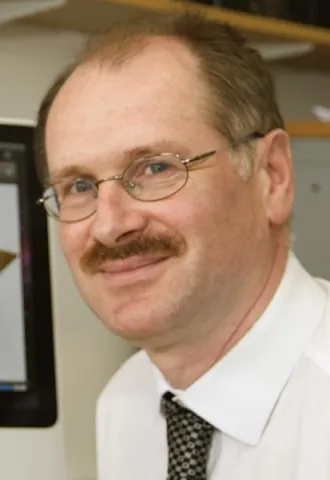Project overview
Securing the supply of critical metals is a major element in Europe’s economic strategy. Horizon 2020 Annex I Part 3-Societal Challenges, par.5.3 states that “research and innovation will focus on the promotion of the sustainable supply and use of raw materials, including mineral resources from land and sea, covering exploration, extraction and processing”. Mineral extraction from sea was investigated in the 1970’s, but it was abandoned due to changing commodity economics. The developmental data collected during that time are no longer available in a form that justifies high and risky expenditure in deep sea mining today without additional RTD work. Sea mining is yet to attain a Technology Readiness Level (TRL) sufficient to undertake successful operations in deep waters and harsh environments. The main aim of project Blue Mining is to advance sea mining technology beyond current TRL-levels by addressing all aspects of the entire sea mining value creation chain from resource discovery to resource assessment and resource exploitation. Target minerals are Seafloor Massive Sulphides and Seafloor Manganese Nodules in water depths up to 6,000m water depth. Blue Mining will develop breakthrough technology for resource exploration (WP1) and assessment (WP2), and for minerals’ vertical transport and ship to ship transfer technology (WP4-5) including tests in representative environments, resulting in a complete sea mining installation concept design focusing on critical interfaces between key systems. Economic and legal sea mining frameworks are addressed in WP3. Technical coordination (WP6), dissemination and exploitation (WP7) and project management (WP8) conclude the S/T work programme. The project consortium contains a strong industry core and research organisations from 5 EU member states. The project budget is €15.0 M, required EU funding is € 10.0 M, project duration is 4 years. Blue Mining will exchange information with the parallel running project under topic ENV.2013.6.2-6.
Staff
Lead researchers
Collaborating research institutes, centres and groups
Research outputs
Romina A.S. Gehrmann, Amir Haroon, McKinley Morton, Axel T. Djanni & Timothy A. Minshull,
2020, Geophysical Journal International, 220(2), 1215-1227
DOI: 10.1093/gji/ggz513
Type: article
Romina Gehrmann, Laurence J. North, Sebastian Graber, Florent Szitkar, Sven Petersen, Timothy Minshull & Bramley Murton,
2019, Geophysical Research Letters, 46(11), 5808-5816
DOI: 10.1029/2019GL082928
Type: article
Amir Haroon, Sebastian Hölz, Romina Gehrmann, Eric Attias, Marion Jegen, Timothy Minshull & Bramley Murton,
2018, Geophysical Journal International, 215(3), 2156–2171
DOI: 10.1093/gji/ggy398
Type: article
